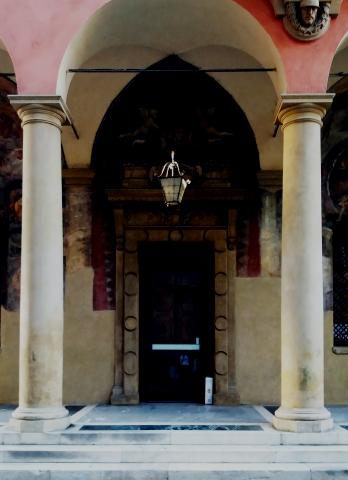Galliera

Important senatorial palaces and their porticoes make up part of this component along Via Galliera, once the main street of the Roman city of Bononia, Via Manzoni and the San Colombano complex, which dates from the 7th century and is presently part of the Genus Bononiae Museum.
The 15th and 16th century porticoes show architectural styles that are present only in this area of the city, such as the particular use of the classic orders of the Palazzo dal Monte or the use of a torus to reinforce the entasis of the columns at the Palazzo Bonasoni.
These characteristics reveal the desire of the Bolognese senatorial families to make the portico a strong expressive element of the urban scenario and to create a particular type of residential environment for the oligarchy that governed the city during the old regime. In this scenario, the porticoes of the residential palaces fostered different forms of urban social exchange and had the purpose of expressing family prestige and magnificence over time.

Point of interest
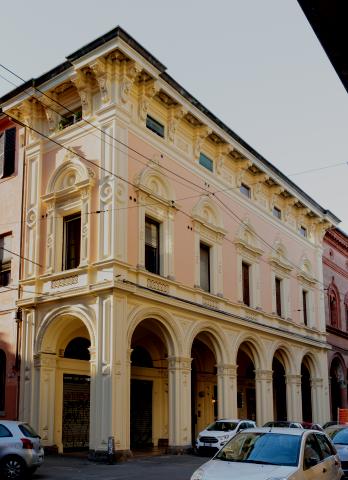
Casa Calzolari
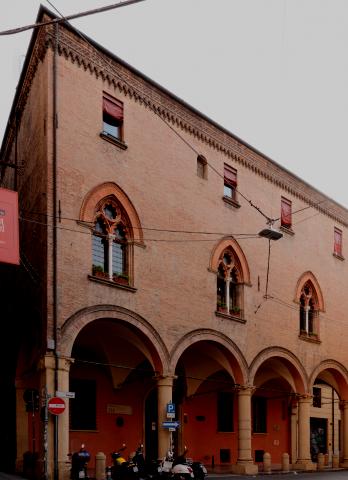
Casa Castelli
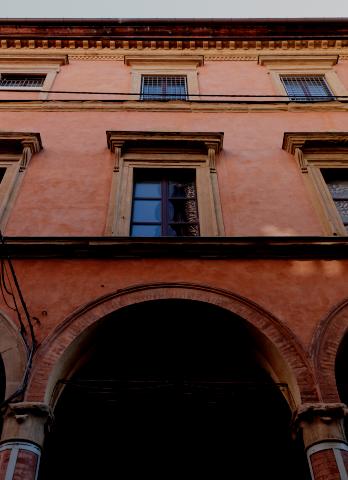
Palazzo Fava
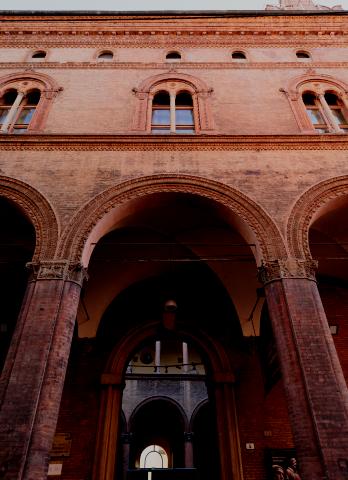
Palazzo Ghisilardi
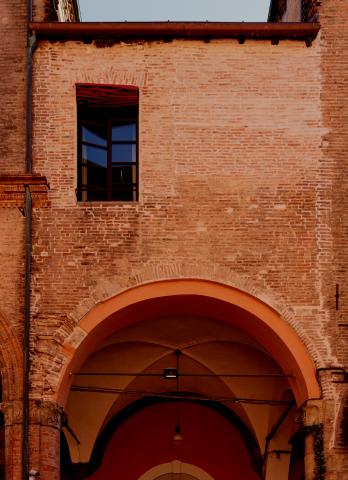
Casa Conoscenti

Palazzo Dal Monte
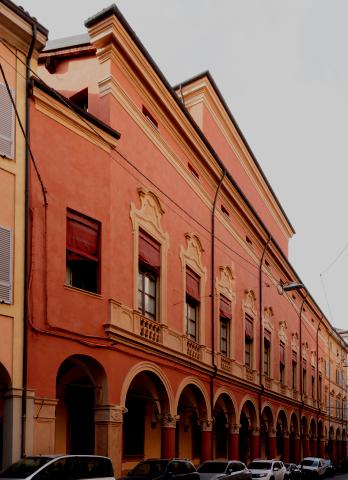
Palazzo Torfanini
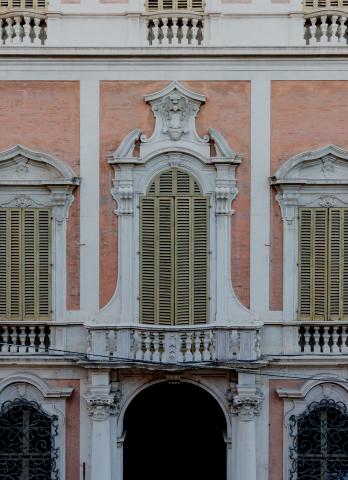
Palazzo Aldrovandi
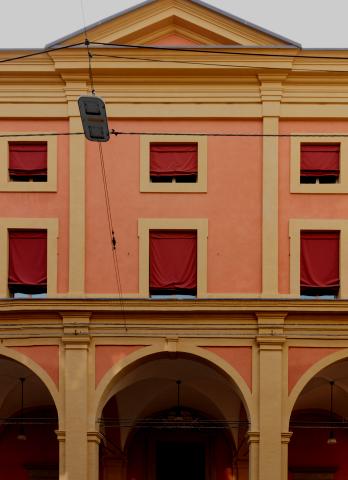
Basilica of Santa Maria Maggiore
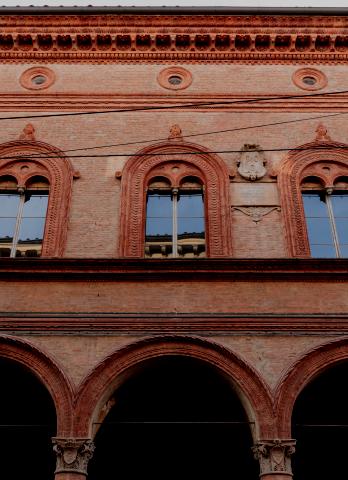
Palazzo Felicini
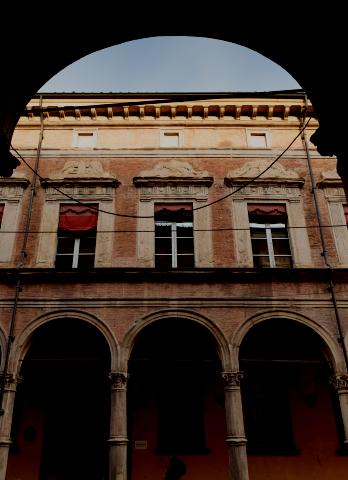
Palazzo Bonasoni
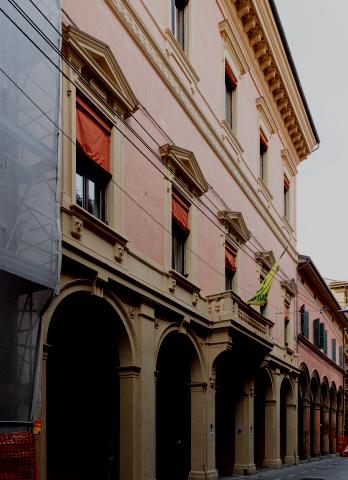
Palazzo Merendoni
